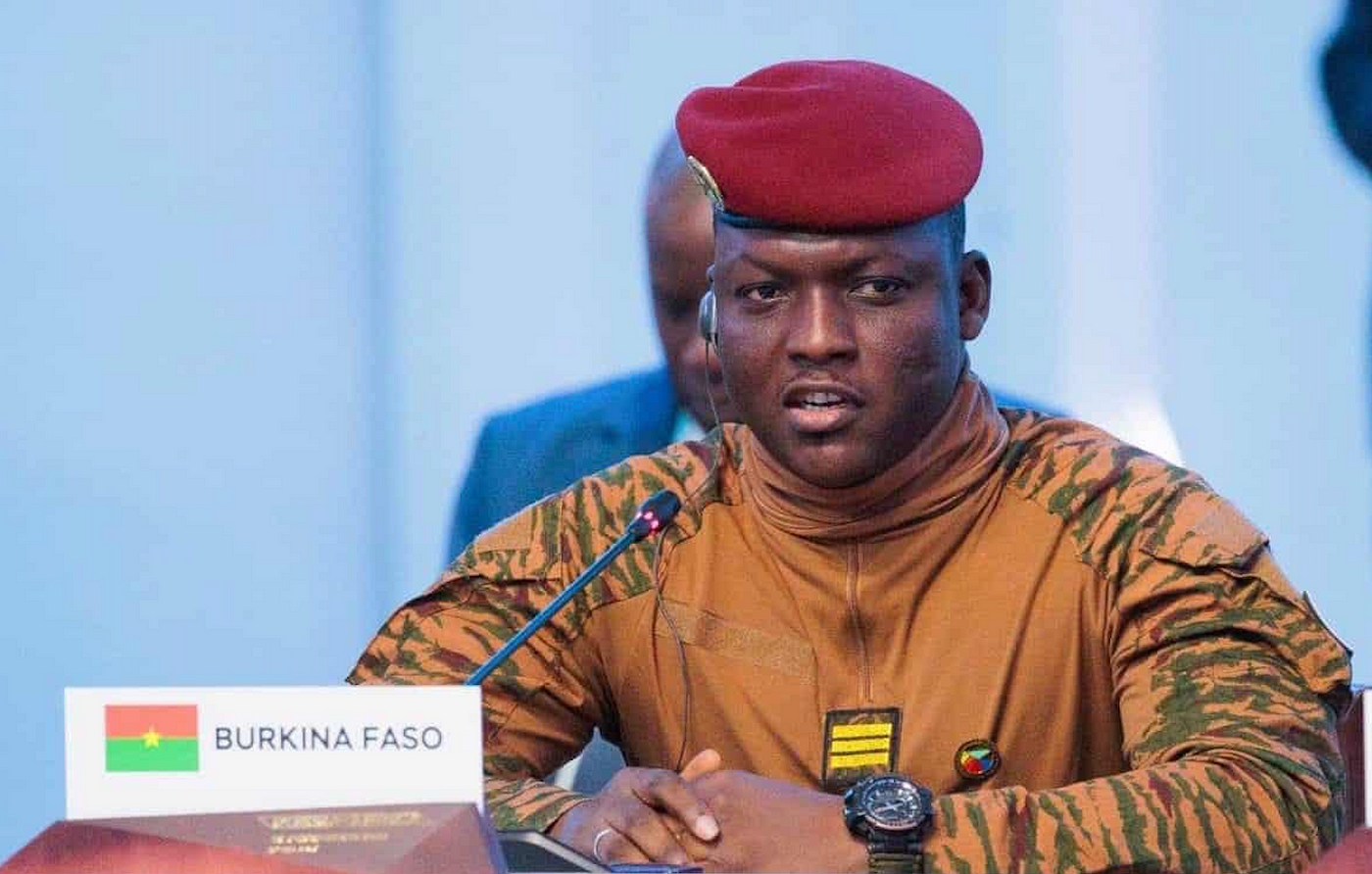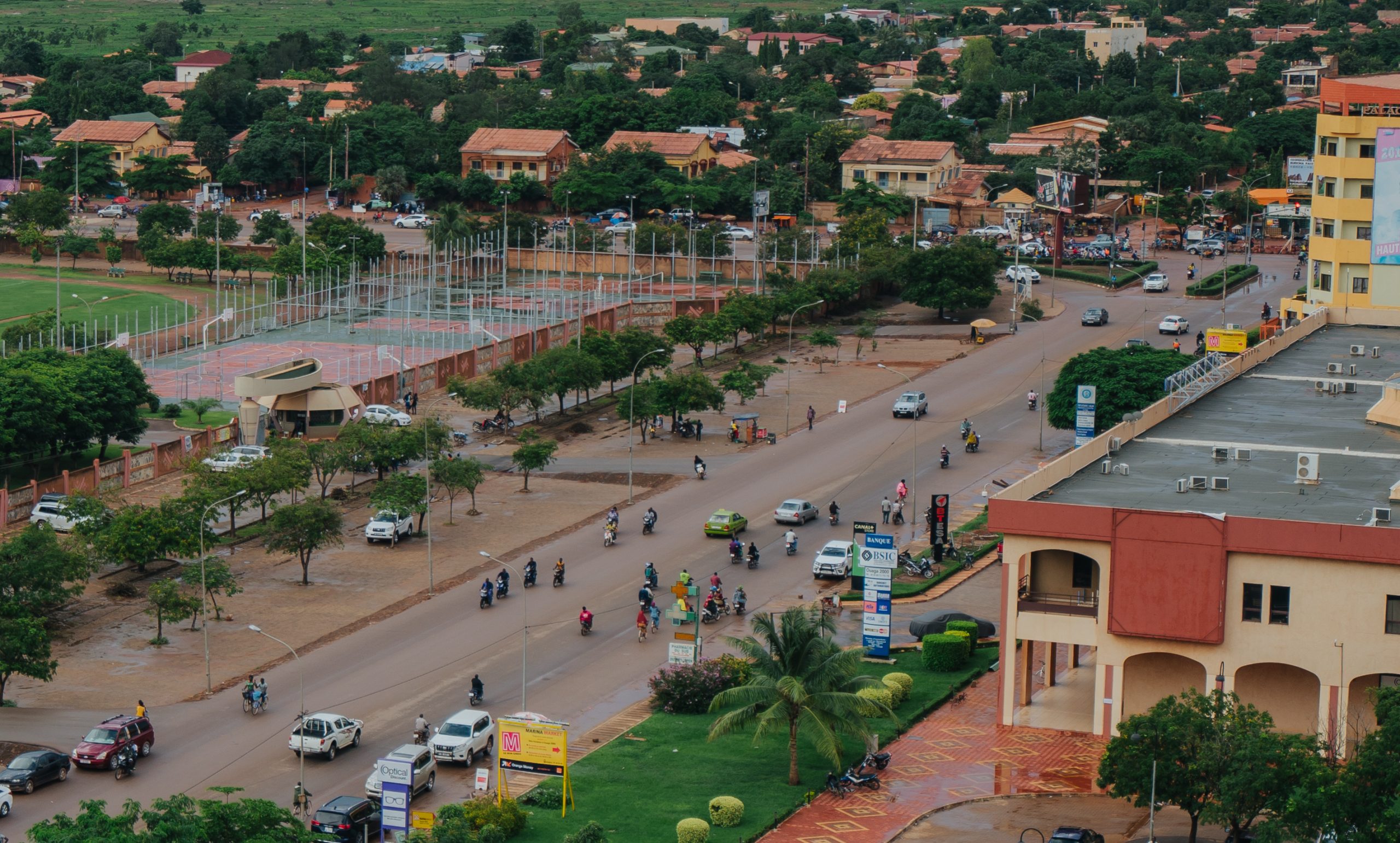Our Mission & Vision
Our mission is to shine a bright light on the rich tapestry that makes Burkina Faso unique: its people, its history, and its resilient spirit. We strive to document and celebrate everything from village festivals and traditional crafts to breakthroughs in education and sustainable development.
By telling stories of everyday Burkinabè heroes alongside national milestones, we hope to foster a deeper appreciation of our country’s contributions to culture, art, and innovation across Africa and the world.
We envision a digital home where every visitor, whether Burkinabè or global, can immerse themselves in the sights, sounds, and flavors of our nation. Through vibrant photography, engaging articles, and firsthand accounts, we aim to build a platform that not only informs but also inspires.
We see a future in which MYBURKINAFASO.COM sparks new partnerships, encourages cultural exchange, and empowers young Burkinabè storytellers to share their own experiences. Ultimately, we want this site to be more than a website: a living, evolving tribute to the dignity, creativity, and unity of the Land of Upright People.

National Identity
Burkina Faso’s flag is a bold declaration of our shared values: red for the sacrifices made in the struggle for independence; green for the agricultural heartland that sustains us; and a yellow five-pointed star symbolizing hope, unity, and the guiding light of progress.
Introduced in 1984 during the revolutionary government of Thomas Sankara, the flag became an icon of a new national spirit, one that rejected oppression and embraced social justice.
Our anthem, “Une seul nuit,” is sung with deep emotion at every official ceremony and school assembly. Its lyrics recount the long night under colonial rule and celebrate the dawn of freedom that came on August 5, 1960.
Beyond symbols and songs, national identity in Burkina Faso lives in our languages (from Mooré and Dioula to Fula and Gurmanché) and in traditions like communal weaving of Faso Dan Fani cloth, drumming ceremonies at market squares, and the intergenerational passing down of folklore and oral history.

Geography & Demographics
Burkina Faso occupies a central plateau in West Africa, stretching from the dry Sahel in the north to the greener, more wooded savannas in the south. Though landlocked, it connects with six neighbors: Mali, Niger, Benin, Togo, Ghana, and Côte d’Ivoire, making it a crossroads of trade routes and cultural exchange for centuries.
The country’s terrain ranges from semi-arid plains dotted with baobab trees to the rolling hills of the Comoé and Mouhoun river valleys.
With over 20 million inhabitants, Burkina Faso is a youthful nation; more than 60 percent of its people are under 25 years old. It is home to 60+ ethnic groups, the largest being the Mossi, whose ancestors established powerful kingdoms that shaped the region’s social and political structures.
French remains the official language of government and education, but everyday life buzzes in Mooré, Dioula, Fulfulde, and dozens more. Urban centers like Ouagadougou and Bobo-Dioulasso blend modern skyscrapers and busy markets with traditional mud-brick architecture, while rural villages uphold centuries-old farming techniques and community gatherings that anchor Burkinabè identity to the land.

